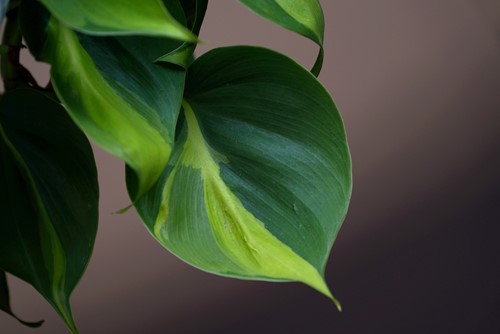Email: [email protected]

Growing plants in water is a fun and convenient way of bringing nature indoors. Many popular houseplants and herbs can sprout and live in water with the right nutrients. Heartleaf philodendrons are especially successful growing this way. Here is a basic guide for growing a philodendron in water:
Now you'll have a collection of brand-new baby philodendrons. You can transfer them to soil once the roots are at least an inch long or simply keep them in the water. As long as they get enough light and an occasional dose of diluted fertilizer, your philodendron will produce more vines and leaves just as it would when planted.

Active in residential brokerage since 1985, Michael enjoys a loyal following of past buyers and sellers. Prior to entering brokerage, he studied culinary arts and managed restaurants in the Boston area. Born and raised in Newton, Michael is very familiar with the Greater Boston area. His seven-day-a-week commitment to his profession serves his clients and customers well. His educational background includes The Johnson & Wales Culinary Institute, The Lee Institute for Real Estate, and The Tom Hopkins and Floyd Wickman Sales Training courses.
In recognition of his completion of the prescribed courses in real estate practice and ethics, Michael has earned the distinguished GRI (Graduate, Realtor Institute) designation. He continues his long-standing membership in the National Association of Realtors and is an avid fly fisherman, musician, and outdoor enthusiast.
Michael was awarded the International President's Circle Award for sales expertise, market knowledge, and dedication to clients for 2020 and 2021. In 2022 and 2023 he was awarded the International Presidents Elite Award, representing the Top 2% of Hammond Residential & Coldwell Banker Agents Worldwide, for demonstrating exceptional sales production, ambition and his commitment to the Real Estate Industry.